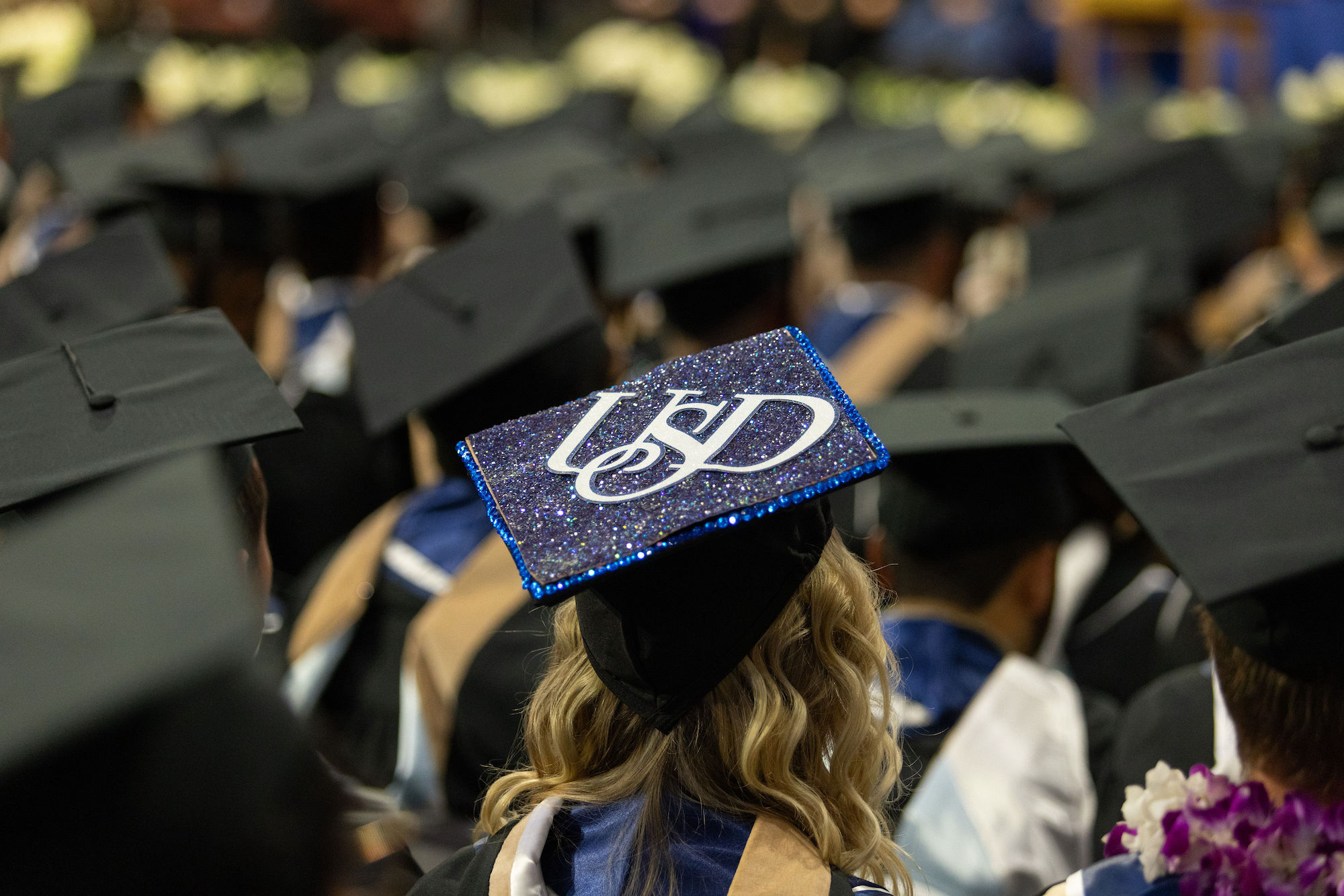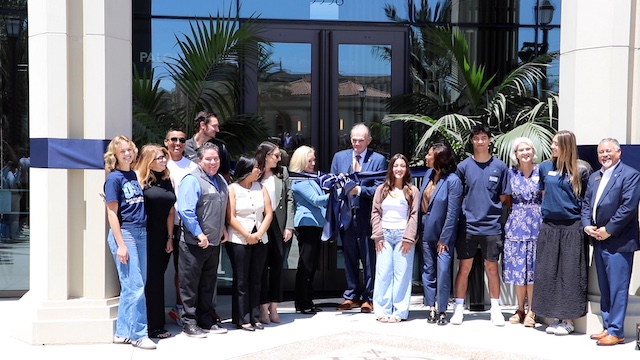Beyond the Lean Start Up Model: How Innovators Can Succeed in Large Organizations
Businesses and large organizations always say they value new ideas. But when University of San Diego School of Business Management Professor Priya Kannan-Narasimhan asks groups of executives whether their companies excel at innovation, fewer than 10 percent of them raise their hands.
Large companies are frustrated that even after investing millions of dollars on innovation, only a fraction of the new ideas generated are successfully adopted by their organization. How can large companies excel at launching new ideas in the same way lean start-ups do?
“If you can reframe your organization’s unique competencies to show why your ideas fit, most decision makers will endorse them,” said Kannan-Narasimhan whose research is published in February 2018, in a special issue of the Strategic Management Journal focusing on how strategic decisions are shaped and implemented. This special issue focuses on breakthrough research that addresses micro level practices in organizations that shape strategy and is a part of a new and exciting turn in the field of strategy called "Strategy as Practice"
At one firm, for example, an innovator recalled the resistance he faced after proposing a new idea for virtual reality videoconferencing. His managers responded that the company’s core competencies were in printing, not movie production. But when he responded that movies are “printing pixels on screen,” his superiors realized they were in a unique position to provide value for their customers and supported the idea.
“The problem with current thinking is that we tend to think that decision makers in organizations view innovations the same way venture capitalists do. However, decision makers in organizations are different from venture capitalists who fund new ventures based on gain maximization,” said Kannan-Narasimhan. “Middle managers and decision makers in large companies focus on loss minimization as much as they focus on gain maximization. In other words, they know they will not be fired for doing nothing but they could be fired for doing something very innovative that ends up failing.”
Kannan-Narasimhan and her co-researcher, UCLA Professor of Management Barbara Lawrence, conducted 138 interviews with senior executives and innovators from 14 Silicon Valley firms, finding that successful large organization innovators followed key steps. These include:
Step 1: Analyze how well the proposed innovation fits with the organization’s strategy
Step 2: Analyze how well it fits or misfits with the organization’s competencies
Step 3: Select commonly understood organizational competencies that are perceived as their organization’s strengths
Step 4: Reframe the meaning of key competencies to show fit
Step 5: Show that the innovation creates unique value for customers with minimum additional investments
In the end, employees must learn that proposing a good idea in an established firm is different than proposing an innovation for a lean start-up. Both employees and managers need to think of their organization’s assets not as fixed but as flexible and applicable to many new ideas. “This is the key to success in innovation for large organizations,” said Kannan-Narasimhan.
About the University of San Diego
Strengthened by the Catholic intellectual tradition, we confront humanity’s challenges by fostering peace, working for justice and leading with love. With more than 8,000 students from 75 countries and 44 states, USD is among the Top 20 Best Private Schools for Making an Impact according to The Princeton Review. USD’s eight academic divisions include the College of Arts and Sciences, the Knauss School of Business, the Shiley-Marcos School of Engineering, the School of Law, the School of Leadership and Education Sciences, the Hahn School of Nursing and Health Science, the Joan B. Kroc School of Peace Studies, and the Division of Professional and Continuing Education. In 2021, USD was named a “Laudato Si’ University” by the Vatican with a seven-year commitment to address humanity’s urgent challenges by working together to take care of our common home.



